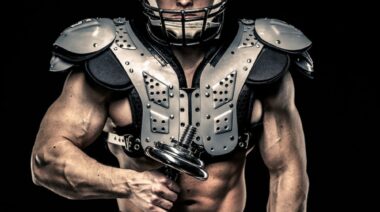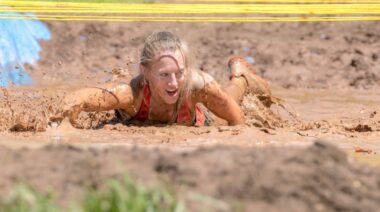Running economy is a major factor for determining running performance. Better efficiency while running at race pace makes for a faster athlete who can maintain higher speeds for longer, and this is how races are won. However, running economy is a multifaceted variable that can be difficult to understand in depth and even harder to study. Researchers sought to learn more about this important variable in a recent study in the Journal of Strength and Conditioning Research.
Describing running economy is easy enough. It’s the amount of oxygen needed at a given submaximal pace. At whatever pace you choose, all you have to do is take an account of how much oxygen is consumed and you’ll find how much energy an athlete needs to maintain that velocity. Of course, when two athletes run at the same speed, the one who needs less energy to maintain it will have an advantage over a great enough distance.
However, determining exactly what influences running economy is the tricky part. Not only is running economy complex, but it’s also just now being studied extensively as a critical component of performance. It’s already known that age, sex, physiological factors, and mechanical variables affect modify running economy. However, to what extent these factors can impact economy and how they can be utilized and modified for the most benefit is a subject that requires more investigation.
This new study focused on the mechanical variables that affect running economy. While a lot of fuss is made in the athletic world over other factors like substrate availability, the mechanical variables are the heavy hitters of running performance. Chief amongst them are body weight and foot size, the first of which we can modify and the second we can only minimally affect through changes in footwear. Another mechanical factor that was scrutinized carefully in this particular study is an unstudied variable called stride angle.
Stride angle isn’t the easiest term to understand, so prepare yourself for this one. According to the study, stride angle is “the angle of the parable tangent derived from the theoretical arc traced by a foot during a stride and the ground.” If you’re good at math it’s not as bad as it sounds. Essentially, it’s an interplay between how high your foot gets when it leaves the ground, and how far it travels.
Since vertical movement of the body in running wastes energy, and a long stride length is generally considered more efficient, it was hypothesized that a low stride angle would correlate to running economy. It did indeed correlate, but in the opposite direction as expected. Out of several variables that the researchers studied, the strongest correlation was between a high stride angle and running efficiency. Theoretically, this is a result of the foot rising at a rate faster than the body.
The researchers also found that more time spent with the foot in the air, and less time with the foot on the ground was related to better efficiency, but that stride length and frequency were not. As such, a higher stride angle probably assists in bringing the foot off the ground quickly and efficiently.
So it seems that a sharp stride angle is a good thing, even though vertical motion of the body is not, at least in elite runners. To improve your running economy, keep your body low, the swinging foot high, and your contact foot on the ground for as little time as possible.
References:
1. Jordan Santos-Concejero, et. al., “Stride Angle As A Novel Indicator of Running Economy in Well-Trained Runners,” Journal of Strength and Conditioning Research, DOI: 10.1519/JSC.0000000000000325
Photo courtesy of Shutterstock.






